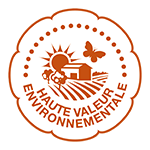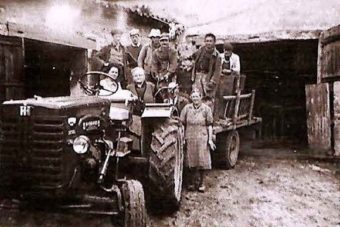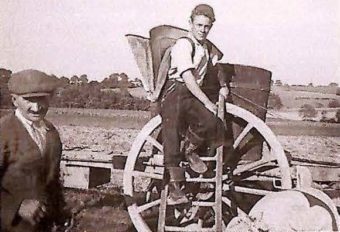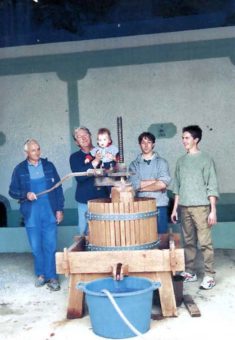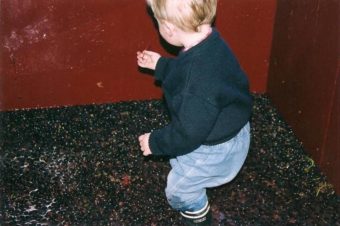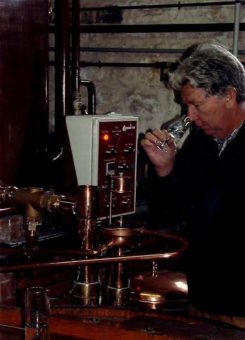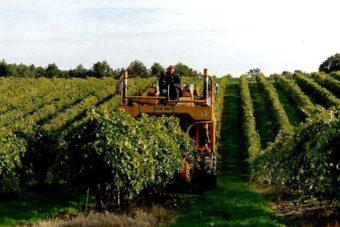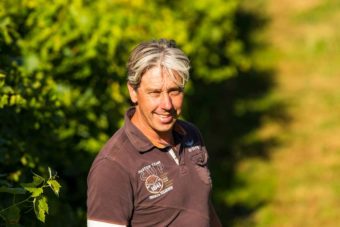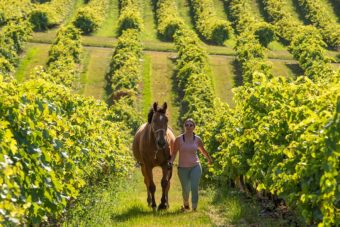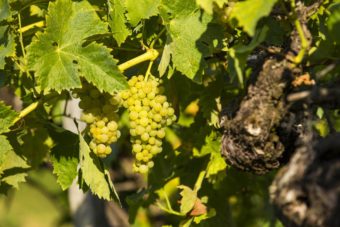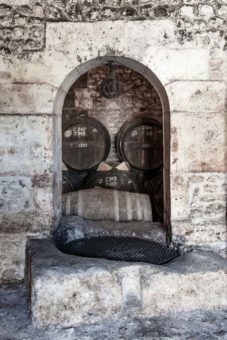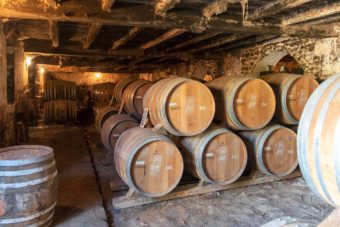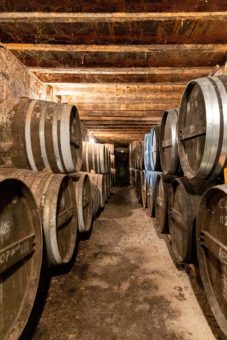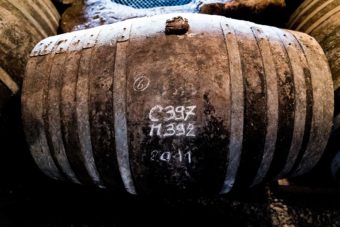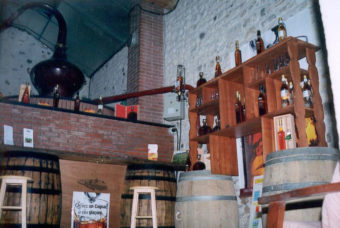250 years of history
Bernard Gauthier & Fils
House
Our History
8 generations are talking to you
A hundred years ago our grandparents and great-grandparents left their town of Birac where they were sharecroppers and jobbers to become owners in Malaville. They had just bought a fallow farm and buildings in ruins, the consequences of phylloxera which had wiped out the region’s economy. Despite the 3 ha of vines, it is breeding and mixed farming that have enabled them to live and redevelop.
Thanks to Vincent and Anatolie, Léandre and Zelia.
Since 1750, they lived in Birac and gave their name to their own village “Les petits Gauthiers”. By dint of hard work, they rebuilt the house and cleared the fields and the vines: it was a small farm of 3 ha of vines, 15 ha of land and nearly 10 ha of woods with 4 cows, 2 oxen and 2 horses . Their pride was to rebuild the house and then to buy a tractor in 1953.
1957 to 1959
Albert, son of Léandre, took over two small neighboring farms, one of which had a still. Albert became a winegrower and distiller from the 1959 harvest.
1972 to 1982
Bernard took over the business in 1972. The vineyard grew and grew to 12 ha. In 1973, a new distillery was built and the 7 hl still was abandoned for a new 25 hl still. In 1982, we took on new vines for rent to increase the vineyard to 45 ha.
From 1998
Patrice and Vincent take over from Bernard. The vineyard increased to 60 ha and, above all, thanks to the accumulated stocks of Cognac, they were able to embark on the adventure of direct bottle sales: Showcase of the expertise of several generations
Thank you to our ancestors who allowed us to work for the future of our grandchildren
The Vineyard
Modern and dynamic
The entire vineyard is planted with the UGNI Blanc grape variety, the Cognac grape variety. Only 35 acres are planted with Merlot for the production of Pineau Rouge.
The specificity of the vineyard is its free port management: in other words, it is a type of cord management falling like a vine arbor.
Why this system?
The decision to no longer train the vines was taken by Albert and Bernard in 1970 following information that we had gleaned from all over the world and especially the work of Lenz Moser in Austria. The vine aisles are wide, the mechanization is easier and the time spent is shorter. This makes it possible to have larger vines which retain more juice in winter and which are less sensitive to drought, which therefore allows the grassing of the vineyard.
Since 1976, the vineyard has been completely grassed and therefore the climatic risk has been partly settled.
Expertise
The expertise of generations
There is no happiness without freedom and freedom without bravery.
We apply this motto to the culture of our vineyard. The vine reflects the character of the winemaker and above all it is in freedom that it expresses itself, it is in freedom that it will give us the best grapes to give us the best Cognac.
For 45 years, grassing has allowed us to feed the vines differently. The roots are in the organic matter, the structure of the soil is not contaminated and above all our fertilization consists only of nourishing the micro-organisms of the soil which will transform the nutritive elements for a full and good health of the vine stock. This different approach to the management and fertilization of our vineyard is a bit of our pride and requires expertise, observation and knowledge that must be cultivated in osmosis.
We owe our expertise to our curiosity and our constant thirst for knowledge.
Albert joined the CETA (Technical Study Center) in Malaville in 1959. This allowed us to test innovations and manage the vineyard according to the rules of sustainable viticulture.
Recognition of our work and our commitment to sustainable development has been demonstrated by the High Environmental Value (HVE) certification awarded to us in 2016.
